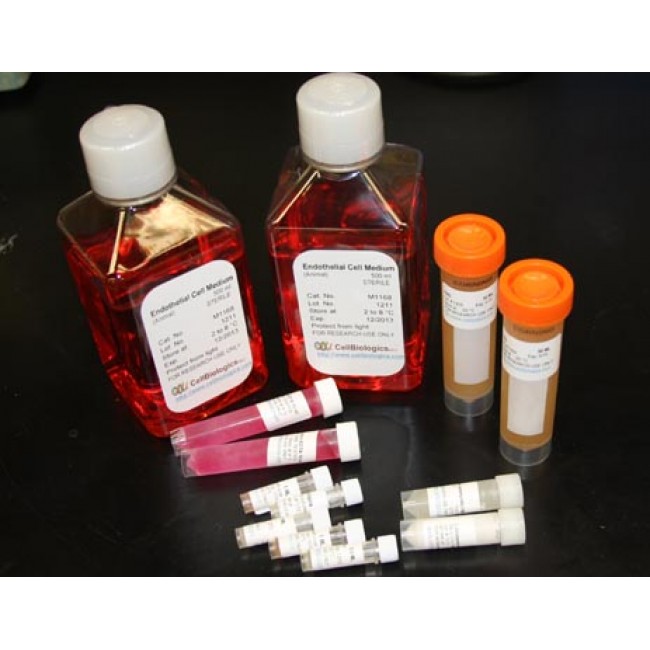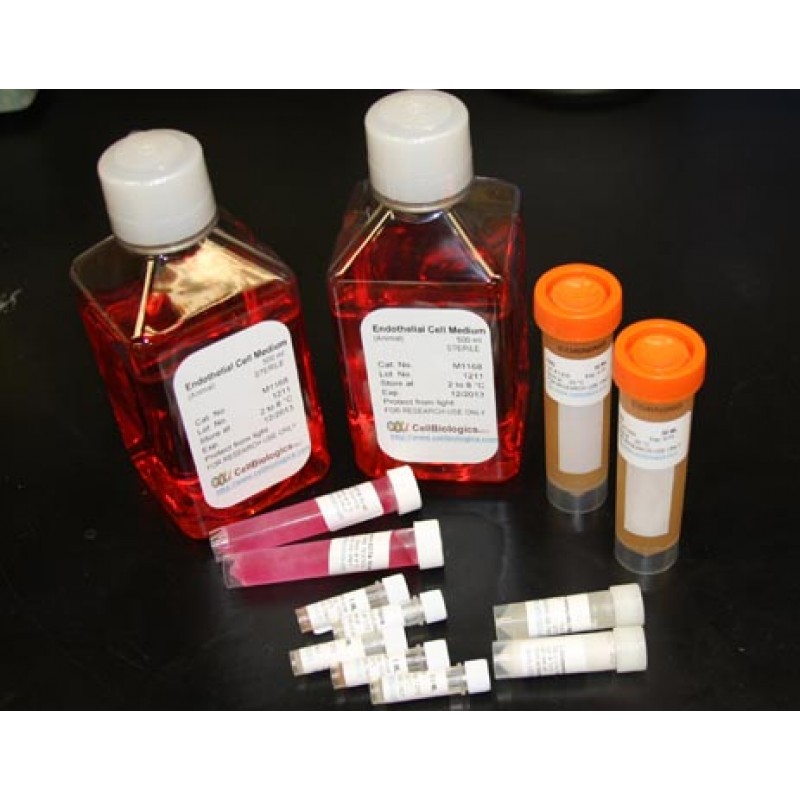Human RANKL is a member of the tumour necrosis factor superfamily. It primarily affects the immune system by controlling bone regeneration and remodeling. It functions in osteoclast differentiation and activation. It also is expressed by T helper cells as a factor in dendritic cell maturation and survival. It is expressed after T-cell activation. It also appears to have a role in the regulation of apoptosis through activation of the antiapoptotic kinase AKT/PKB. It is not only expressed by immune cells, but also on a number of other cells in the lung, thymus, skeletal muscle and many others. It can be expressed as a trimeric transmembrane protein, a secreted form or a truncated ectodomain. Human RANKL shares 85% sequence similarity with mouse RANKL.


